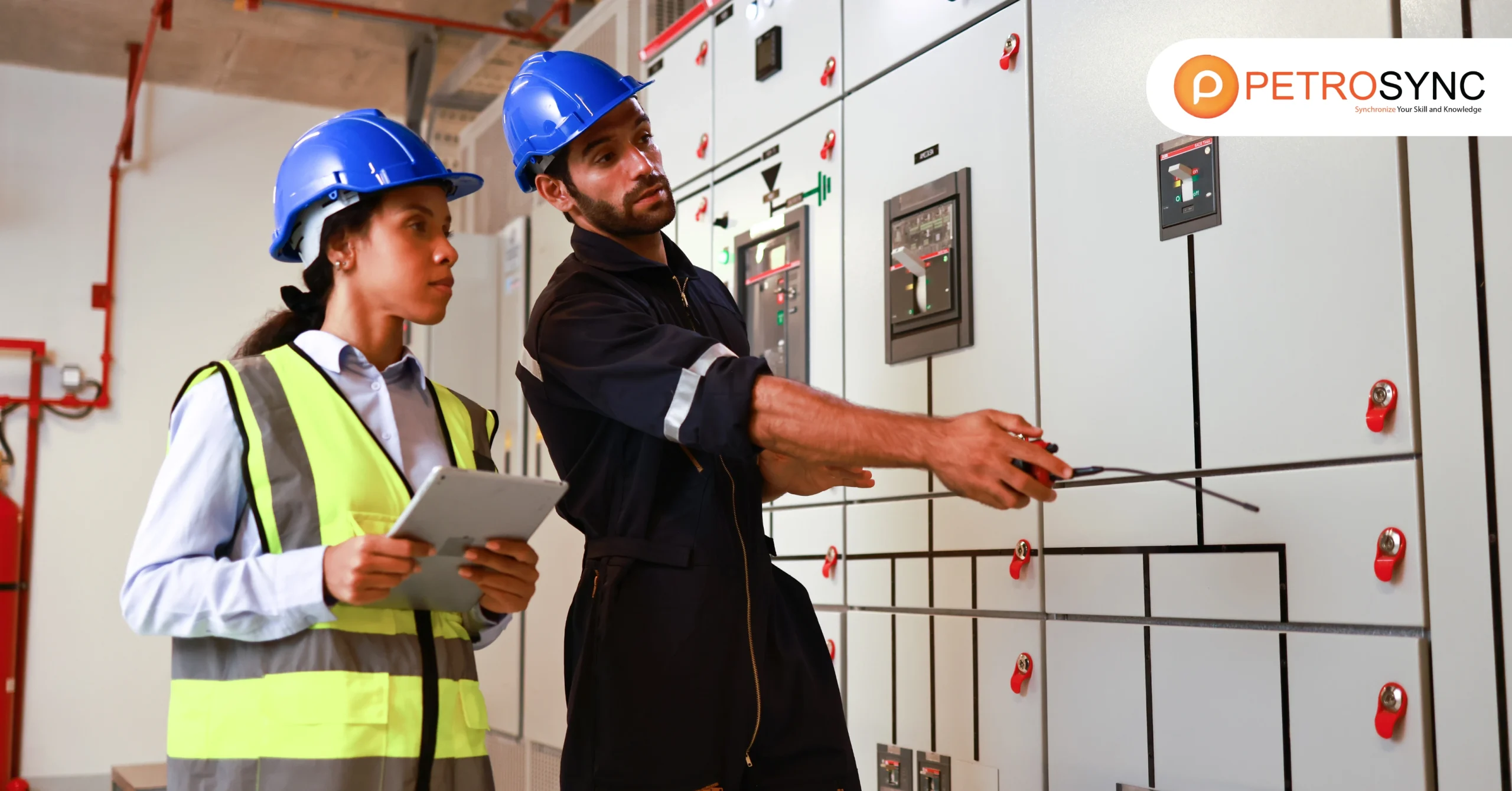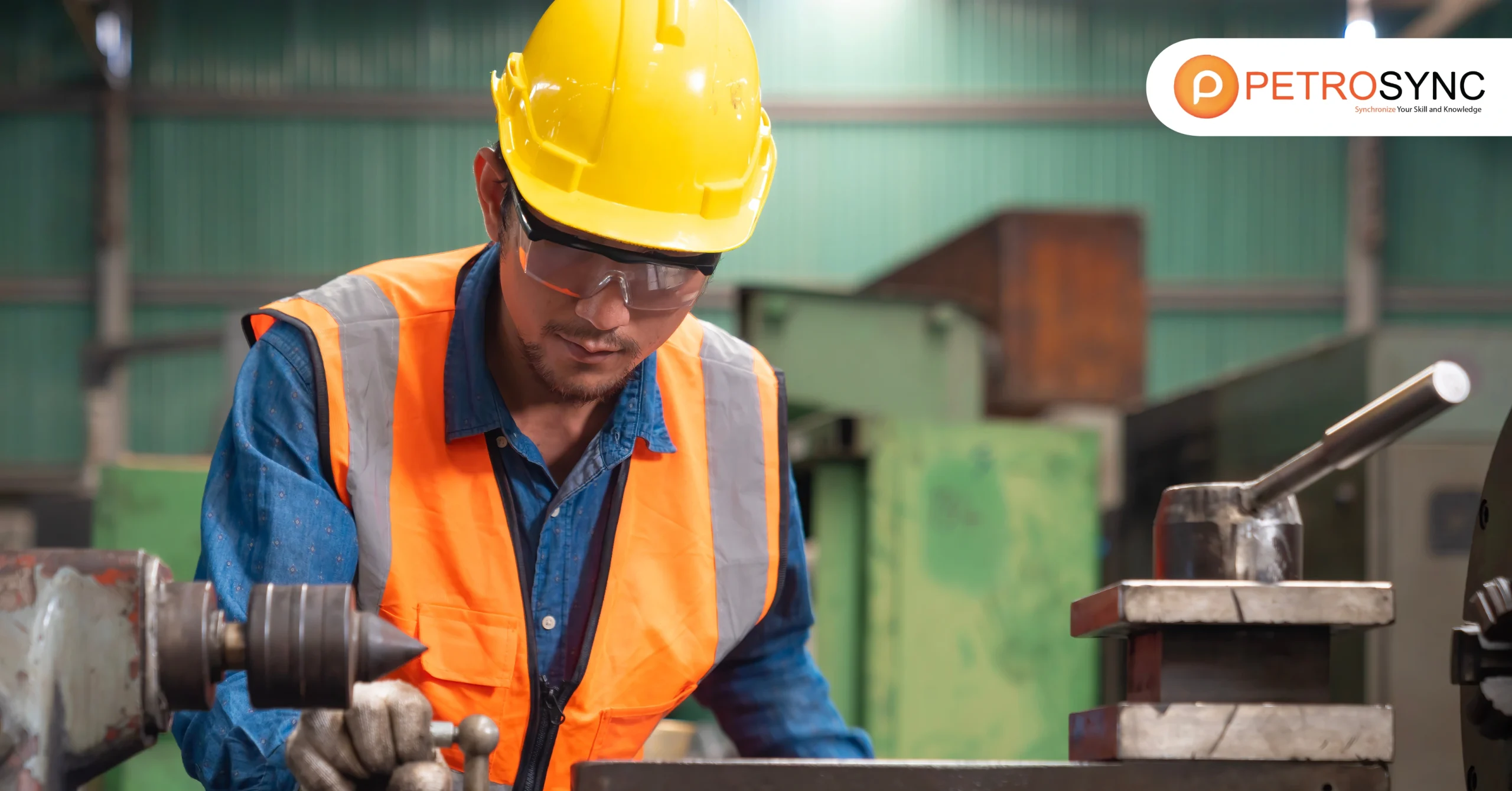Step into the world of API 653, where experts dedicated to inspecting storage tanks reveal their skills. In this article, we explore API 653 Sample Questions, specifically designed to test your knowledge and ability to ensure the stability of storage tanks. Are you searching for API 653 sample questions to enhance your certification preparation? Look no further – the questions you need are right here.
What Is API 653?
API 653, created by the American Petroleum Institute (API), is a bit like a handbook for overseeing the condition of storage tanks above the ground. It’s very important for industries that use these tanks to keep things like oil, chemicals, and water. This handbook provides clear, step-by-step directions on examining, repairing, and ensuring these tanks are strong and secure.
Adhering to API 653 is significant because it ensures people’s safety, safeguards the environment, follows the rules, and helps these tanks last a long time. Those working with these tanks must understand and follow this handbook to perform their jobs effectively and securely.
How Is The Structure of the API 510 Exam?
Understanding the format of the API 653 exam is a wise approach to enhance your readiness for success. In this segment, we will break down the exam’s structure, making it easier to prepare and increasing your likelihood of passing.
| Details | API 653 Exam |
| Duration | 7.5 hours with detail:
|
| Total Questions | 170 Questions |
| Question Details | 140 questions are scored
30 questions are pretest |
| Question Type | 110 closed-book questions
60 open-book questions |
| Passing Score | 70% |
In conclusion, becoming well-acquainted with as many sample questions as possible is a valuable strategy for getting comfortable with the API 653 exam. The more you expose yourself to these practice questions, the better prepared and more confident you will become. Familiarity with the question style and content boosts your confidence and enhances your readiness, helping you excel on exam day.
Furthermore, while practicing sample questions is beneficial, discussing the various question types and nuances with experts takes your preparation to the next level. For this purpose, PetroSync offers API 653 training programs that comprehensively understand the exam’s intricacies.
Engaging with experts in the field not only enhances your familiarity with the questions but also equips you with valuable insights and strategies. This collaborative learning approach ensures you are well-prepared to tackle the API 653 exam with confidence and expertise.

SEO specialist by day, fact-checker by night. An avid reader and content writer dedicated to delivering accurate and engaging articles through research and credible sources.






